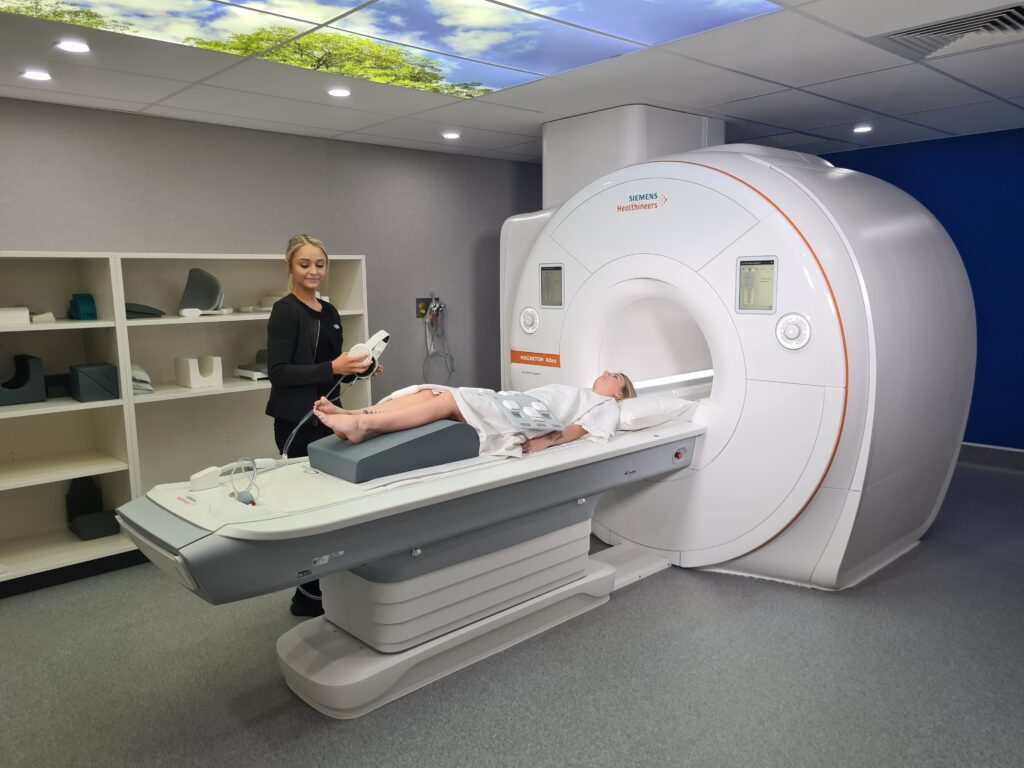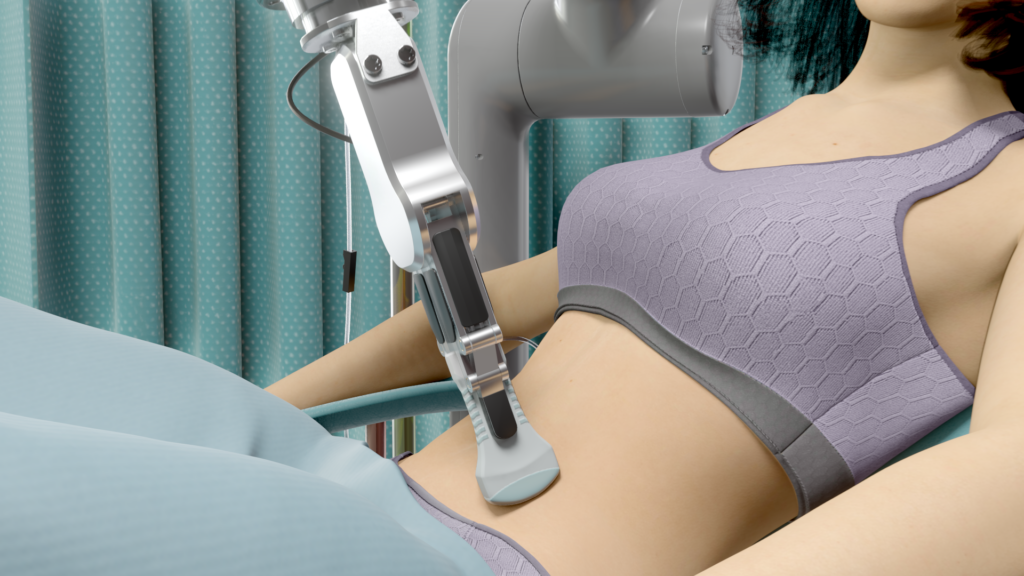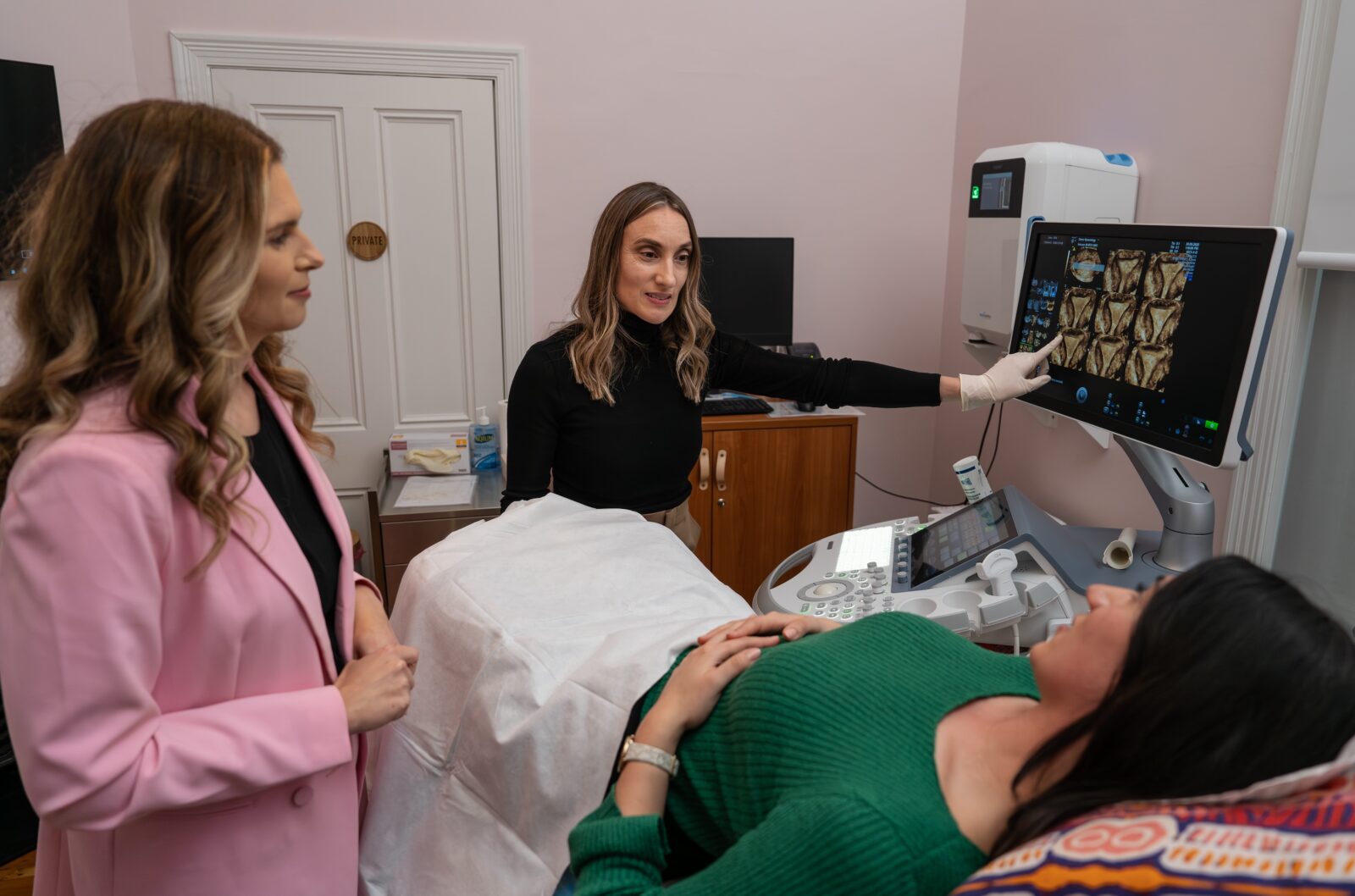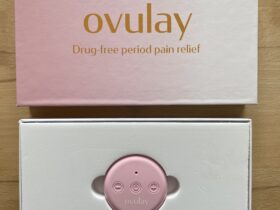Millions of people – an estimated 1 in 10 women – suffer from excruciating period pain every month due to endometriosis. Fortunately, femtech companies are working on new solutions for diagnosing endometriosis.
Endometriosis is a condition in which tissue similar to that found in the womb grows in other parts of the body. It can extend around the ovaries, fallopian tubes, intestines, colon, bladder, and lungs.
With each menstrual cycle, the endo tissue outside the uterus behaves the same way as it would in the womb. With the changing hormones, it builds up and then breaks down and bleeds. Unlike in the uterus, the blood has nowhere to go, creating inflammation, pain, and scar tissue.
Symptoms easy to misdiagnose
One of the problems with endometriosis is that the root cause is unknown. The varying symptoms make endometriosis challenging to diagnose and as a result, it’s often misdiagnosed.
Some of the symptoms of endometriosis are:
- Chronic (pelvic) pain
- Severe menstrual pain
- Heavy periods
- Fatigue
- Depression
- Anxiety
- Infertility
- Painful sex
- Gut problems
These symptoms have an enormous impact on quality of life beyond the above, such as difficulties in keeping social commitments.

Some people find out about their endometriosis when they’re failing to conceive. Others find themselves in the emergency room regularly due to excruciating pain. Pain can also be present at any time during the cycle, not just during your period.
Endometriosis takes years to diagnose
At the moment, there’s only one way to confirm endometriosis. It’s done through keyhole surgery (laparoscopy). This invasive procedure involves being put under general anaesthetic.
During surgery, the doctor makes a cut in the abdomen and inserts a camera to check for abnormal tissue. If the surgeon finds unusual tissues, a biopsy confirms the diagnosis.
To get a diagnosis takes, on average, 7-11 years, depending on where you live. It’s a very long time to be in pain.
Femtech companies are working hard to reduce this time. They are also looking to find less invasive diagnostics.
Endometriosis research, diagnosis, and treatment are chronically underfunded. Fortunately, some women’s health companies are searching for faster and easier ways to diagnose endometriosis.
The connection to gut bacteria and saliva
These companies’ different approaches have led to new solutions for diagnosing endometriosis. For example, some research shows that endometriosis may be connected to a gut bacteria called fusobacterium. If investigations prove the link, endometriosis could be treated with antibiotics.
Ziwig, a French company, has developed a saliva test to diagnose endo. Hera Biotech has developed a uterine brush biopsy as a diagnostic tool. It’s less invasive than surgery and tells you what stage of the disease you have.
Companies like Endodiag and Dotlab are researching blood biomarkers. A simple blood test would then tell if you have endometriosis.
Period blood to diagnose endometriosis
Other companies are taking blood testing a step further and are using period blood to diagnose various health conditions. For example, Qvin has developed a period pad that can be used to diagnose general health and diabetes. You can read more about Qvin’s cutting edge testing in period blood testing in our article. Next Gen Jane uses a tampon to collect period blood. They are researching how to diagnose various conditions through period blood, including endometriosis.
Getting a yes or no from a blood or saliva test will speed up the endometriosis diagnosis. But these tests won’t tell you where your lesions are.
Artificial Intelligence (AI) and endometriosis
MRI scans and ultrasounds are also used to try to diagnose endometriosis. The downside is that they don’t always pick up all the lesions. So, even if your scans come out clear, you can still have endometriosis.
Fortunately, companies are working on improving the reliability of these scans. To help them, they use artificial intelligence (AI), machine learning, and robotics. AI could also help decide on the best treatment plans for endometriosis.

The IMAGENDO research program is developing an AI system to help diagnose endometriosis. Through machine learning, it learns to recognise lesions in ultrasounds and MRI scans.
The study DEFEND is creating a database with ultrasounds and MRI scans. These scans are from patients who have had confirmed endometriosis through surgery. This database will help increase the accuracy of non-surgical diagnoses.
Endocure is another company developing an AI-based system to diagnose endometriosis. Using robotic AI-powered ultrasound imaging, the system detects and maps the endometriosis. It creates a 3-D model of the scanned area and highlights the lesions. This helps to stage the disease without surgery. Understanding the lesions will also help decide on treatment and plan surgery.

The FEMaLe project is developing tools with augmented reality (AR). The AR set will enhance the organs’ inner anatomy during surgery. The surgery will be more effective and precise when the surgeon can see the details of the organs.
Treatment of endometriosis
Once you have a confirmed endometriosis diagnosis, there is, unfortunately, no cure.
Depending on the stage and your symptoms, there are a few go-to treatments. One is surgery, where the lesions are cut out. With a 6-8 weeks recovery time, this is expensive, painful, and highly invasive. Some people also have to repeat this surgery as the lesions return.
Hormone management is another way to deal with Endometriosis. If you want to get pregnant, this is a more problematic approach.
Painkillers are usually the go-to solution to manage pain. There are now tech alternatives to Ibuprofen or Naproxen.
Companies like Myoovi and Menstruflow have developed TENS devices to stop period pain. These machines connect through pads to your skin. By sending out mild electrical signals, they can reduce the pain signals in your brain.
Drug treatment for endometriosis
Pharma companies are working on finding non-hormonal drugs to manage endometriosis symptoms.
A drug used to manage uterine fibroids has been approved for endometriosis patients in Australia. However, this drug, Ryeqo, is not yet available in the Australian healthcare system.
A new study of the drug dichloroacetate is also taking place in Scotland. It’s a non-hormonal drug that aims to reduce the pain and the size of the lesions.
FimmCyte and Norfolk and Norwich University Hospital in the UK are developing a new type of drug. It’s a non-hormonal drug based on an antibody. The antibody reduces the inflammation caused by the disease and decreases pain.
These new drugs may even remove the endometriosis cells from the body. However, most of these drugs are still in the trial period and not yet generally available.
Support platforms to manage endometriosis
Due to a lack of treatment options for endometriosis, digital platforms have evolved. They take a holistic approach to helping relieve endometriosis symptoms.
Digital support platforms offer education and personalised management of the condition. They help members treat their Endometriosis through nutrition, exercise, and mental health support.
You can access some of these platforms, like Elanza Wellness, as a private person. For others, like Syrona Health, you can get it through your insurance or employer.

Similarly, there are also dedicated apps to support the management of endometriosis. Mostly, you have to pay for these apps yourself. In some countries, some healthcare providers offer digital support. In Germany, you can get the Endo App on prescription with an endometriosis diagnosis.
Employers are also beginning to take note. Some limited studies show that endometriosis sufferers lose between 5-11 productive hours a week. To help reduce this time, companies want to support their employees with endometriosis. This is predominantly done through support platforms and apps.
See our article on how structural workplace changes factor in menopause challenges.
Many of these diagnostic and treatment tools are still in the early stages of research. Others are only available in certain countries. These give hope to the 190 million people with endometriosis and future generations.
Sara Janasz is our newest writer at TechTruster. She is a case study copywriter at https://sjcopywriter.com/













Follow us on social media